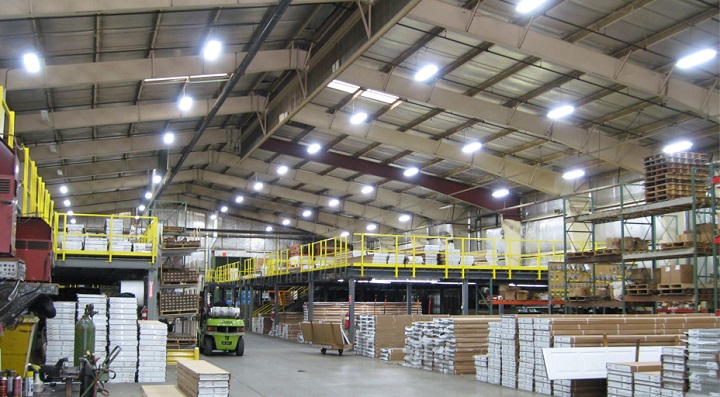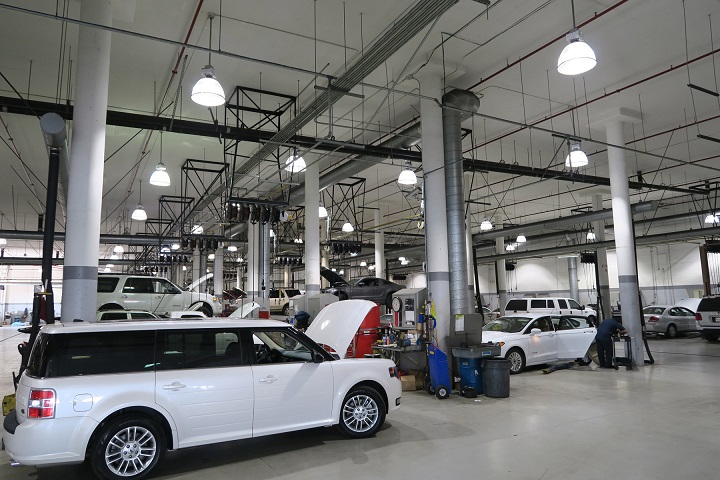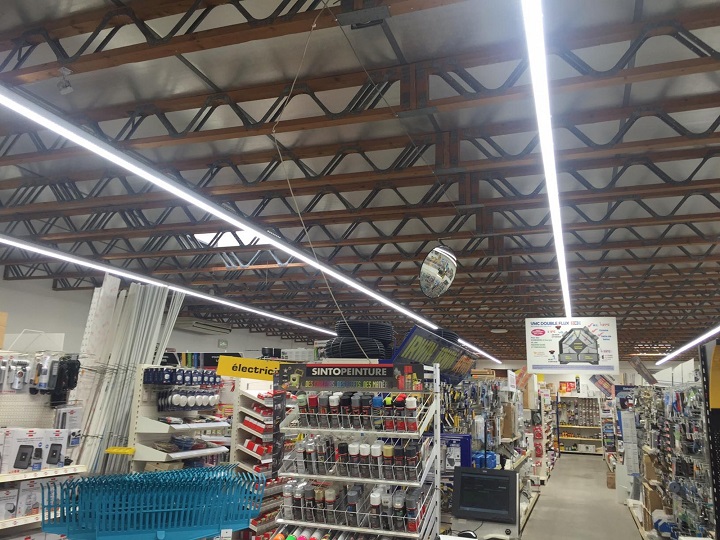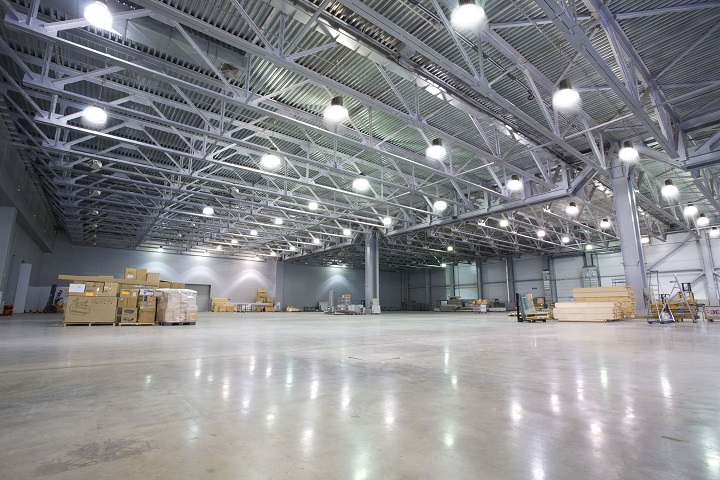A good lighting scheme is more important for the success of a large commercial space than you can imagine. Regardless whether we’re talking about a factory, warehouse or department store, the way a commercial space is illuminated will affect the safety, comfort, productivity and even the mental health of employees. Not to mention how the lighting scheme can affect whether the customers perceive the space as attractive and comfortable, thus influencing them to either stay longer or leave faster.
Although it may seem straightforward, the process of lighting an expansive facility is much trickier than lighting a living room, for example. The larger the space, the more challenges you’ll face. As a result, you can get overwhelmed by the task before you and fail to do it properly. But with the right tips, illuminating a commercial space can get easier. Here’s what to focus on.
Energy-Efficiency
As commercial spaces require a large number of fixtures to be completely illuminated, operating the lights can cost a lot. However, using LEDs instead of other traditional bulb options can allow business owners to slash the expenses. All LED lights high bay, low bay or others are on average 70 – 80% more energy-efficient than their CFL and incandescent counterparts. They are also more durable, with an average lifespan of 60 000 hours which is 10 times more than fluorescent lights. As a result, business owners won’t need to purchase new bulbs that often. What’s more, LEDs generate less heat which means that they don’t additionally heat up the space as other bulbs do, thus allowing you to additionally cut on air-conditioning costs. Just think about how much money you can save.

The Type of Fixtures
Large commercial spaces have high ceilings, and the higher the ceiling the harder it is for the light to reach the floor. As a result, when it comes to commercial LED lights high bay fixtures are the most common choice. LED lights high bay fixtures produce concentrated beams of light that can reach 8 metres or more, often resulting in a brightness level of 100+ lumens per watt – enough to illuminate a large commercial space. On the other hand, if you use standard fixtures or low bat lights, the light won’t be concentrated enough and can create a shadowy appearance closer to the floor.
Depending on how high the ceiling of the commercial space is, there are different high bay lights to choose from. If the ceiling doesn’t exceed 8 metres, flushed high bay lights that recede into the ceiling can make a sleek option. On the other hand, if the ceiling is higher than 8 metres, there are hanging high bay lighting fixtures attached to hooks, chains or pendants.
However, if you want to outfit low ceilings with led lights high bay fixtures aren’t the best choice. As they produce concentrated light, there can be too many lumens per square metre which can generate an uncomfortable brightness. In this case, low bay lights, strip lights and fixtures that are able to produce light with reduced intensity should be considered.

Uniformity
If the lighting in the space isn’t evenly distributed, it can lead to eye strain, and eventually headaches and fatigue. This can cause employees to feel tired and be less productive, and prevent customers from staying around longer. With that being said, it’s crucial to make sure that the fixtures are properly spaced. And the best way to do so is to pay attention to the spacing and mounting criteria the manufacturer has listed for their lights. In addition, to ensure that there’s no uncomfortable flickering, try to install reliable fixtures such as LEDs. Not only are LEDs less likely to burn out, but they are also less prone to flickering unlike CFLs and fluorescent lights.

Colour Temperature
LEDs are available in different colour temperatures. Their colour is measured on a scale from 1000 to 10 000 Kelvins. Most settings, use something in the range of 2000 to 6 500 Kelvins. When choosing the colour temperature of your lights, it’s important to consider the main purpose of the space. For instance, warm LEDs in the range of 2700 – 3000 K, create a more relaxing atmosphere which makes them suitable for customer-focused spaced. On the other hand, 5000K lights are cooler and resemble daylight, which makes them suitable for bringing more alertness.

Reflectivity
You know the drill, dark colours absorb light and light colours reflect it. With that being said, if the space feels too dim, the lighting fixtures might not be the only problem. If the walls and floors of the space are in a darker colour, the light won’t be reflected, which can decrease the brightness. As a result, in large spaces it’s recommended that the surfaces are in lighter colours so that the light can be reflected throughout the space. In other words, if relamping doesn’t work – try repainting.